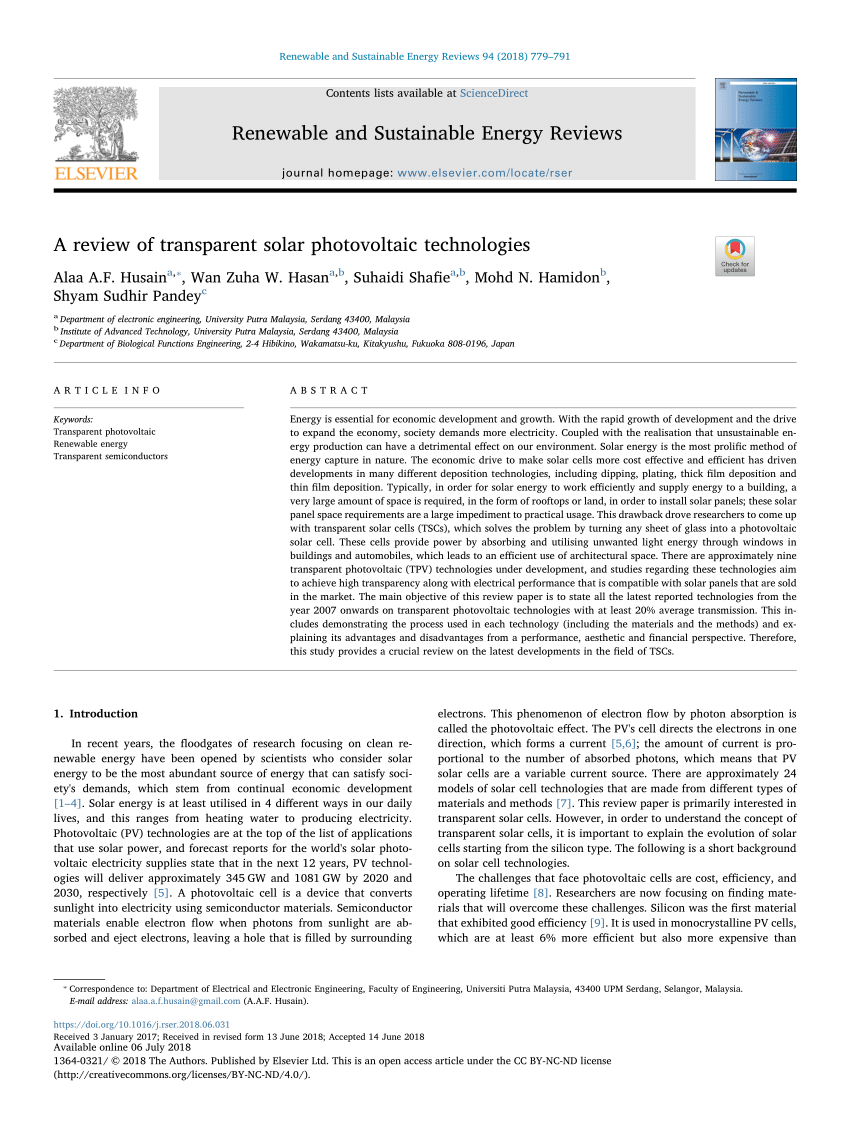
Using large volumes of ground water or surface water for cleaning collectors in some arid locations may affect the ecosystems that depend on these water resources. Some solar power plants may require water for cleaning solar collectors and concentrators or for cooling turbine generators. However, installing solar energy systems on land with marginal agricultural value or integrating solar energy systems on farms may provide a variety of economic and environmental benefits to farmers.


Clearing land for construction and the placement of the power plant may have long-term effects on the habitats of native plants and animals. Several states have enacted laws that encourage recycling of PV panels.Īs with any type of power plant, large solar power plants can affect the environment at or near their locations. Department of Energy is supporting various efforts to address end-of-life issues related to solar energy technologies, including the recovery and recycling of the materials used to manufacture PV cells and panels. environmental laws regulate the use and disposal of hazardous materials. Some solar thermal systems use potentially hazardous fluids to transfer heat, and leaks of these materials could be harmful to the environment. Some types of PV cell technologies use heavy metals, and these types of cells and PV panels may require special handling when they reach the end of their useful life. There are hazardous chemicals used to make photovoltaic (PV) cells and panels that must be carefully handled to avoid release to the environment. Most PV systems have operating lives of up to 30 years or more. Studies conducted by a number of organizations and researchers have concluded that PV systems can produce the equivalent amount of energy that was used to manufacture the systems within 1 to 4 years.

The environmental issues related to the production of these materials could be associated with solar energy systems when conducting life-cycle or so-called cradle-to-grave environmental analysis.

Solar energy tecnologies require use of materials, such as metals and glass, that are energy intensive to make. However, there are environmental issues related to the production and use of solar energy technologies. Using solar energy can have a positive, indirect effect on the environment when solar energy replaces or reduces the use of other energy sources that have larger effects on the environment. Solar energy technologies and power plants do not produce air pollution or greenhouse gases when operating.


 0 kommentar(er)
0 kommentar(er)
